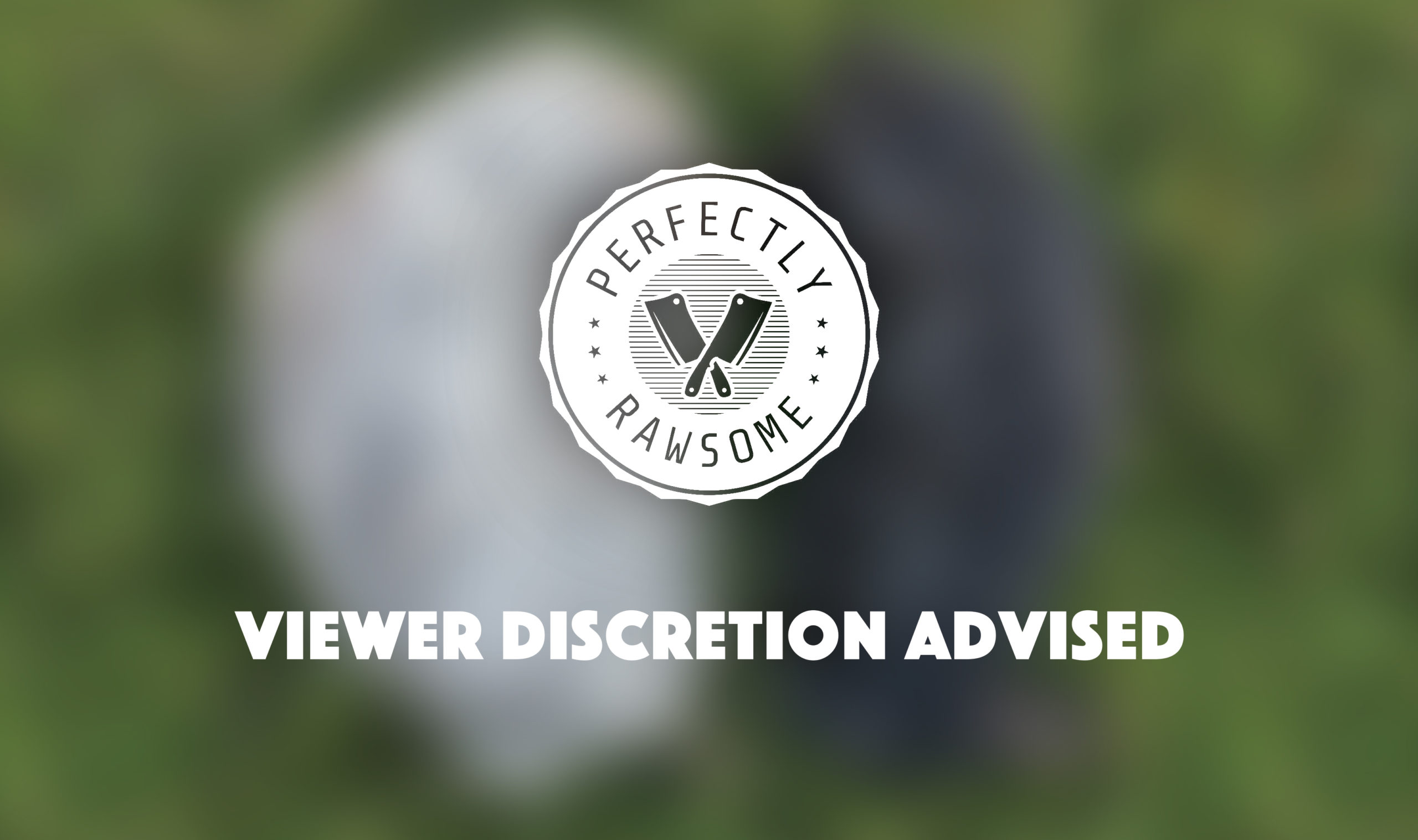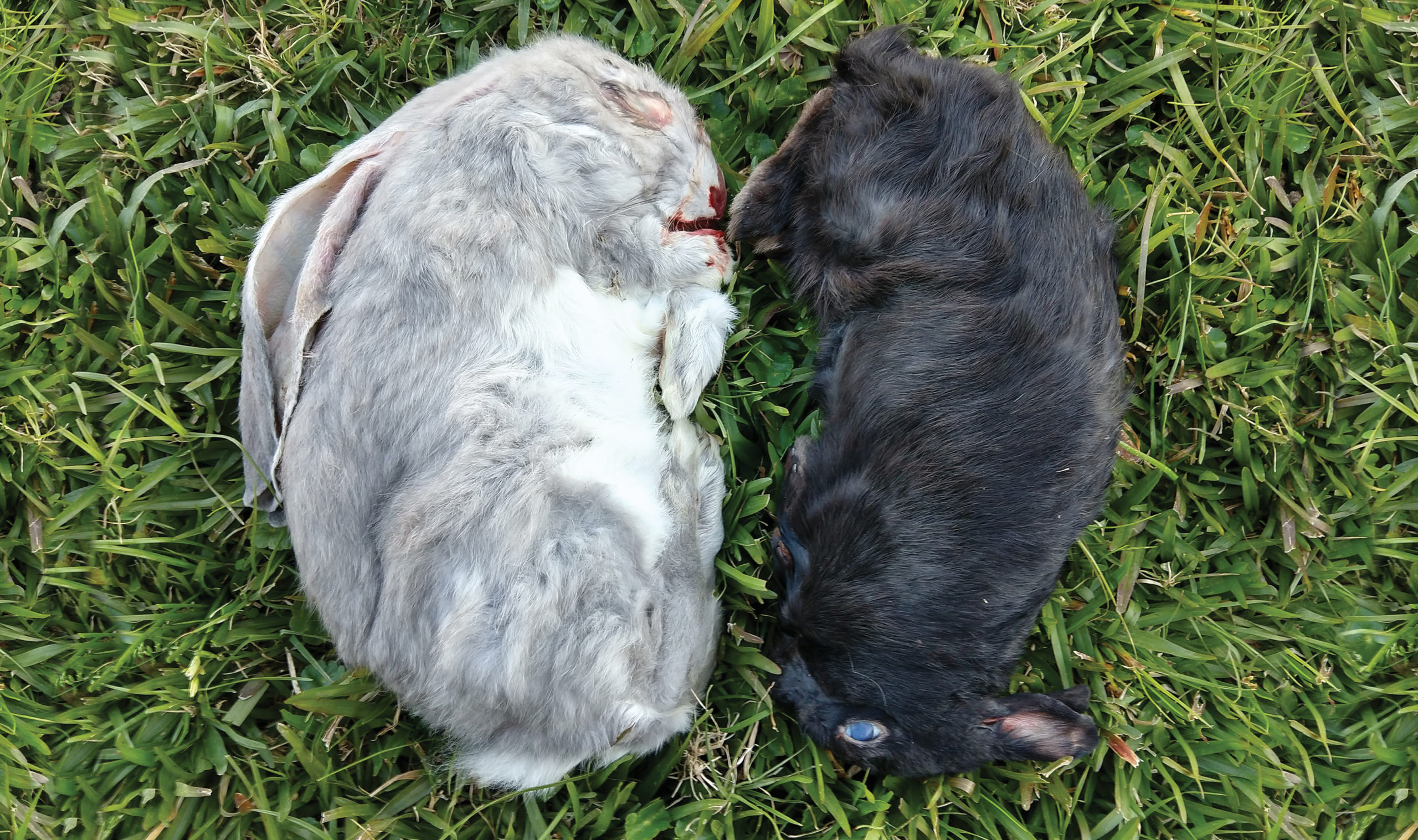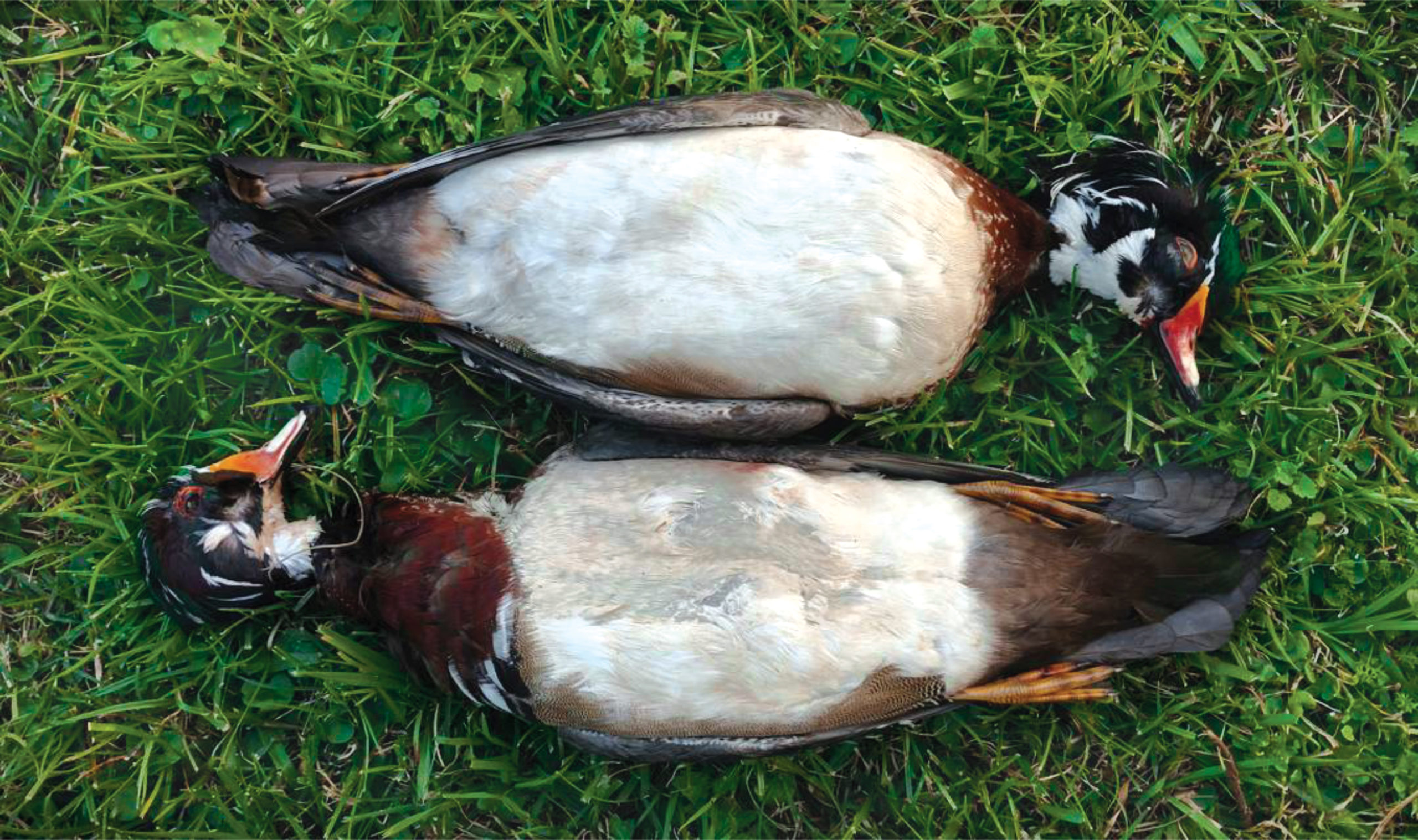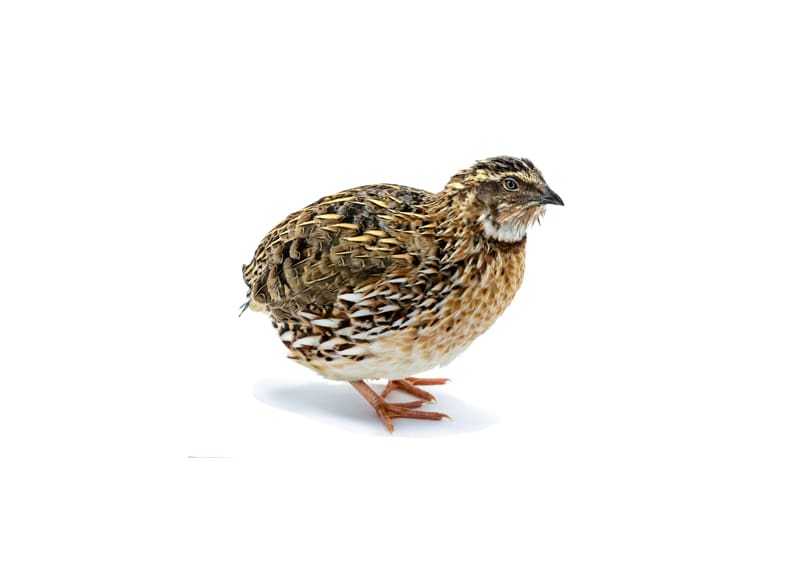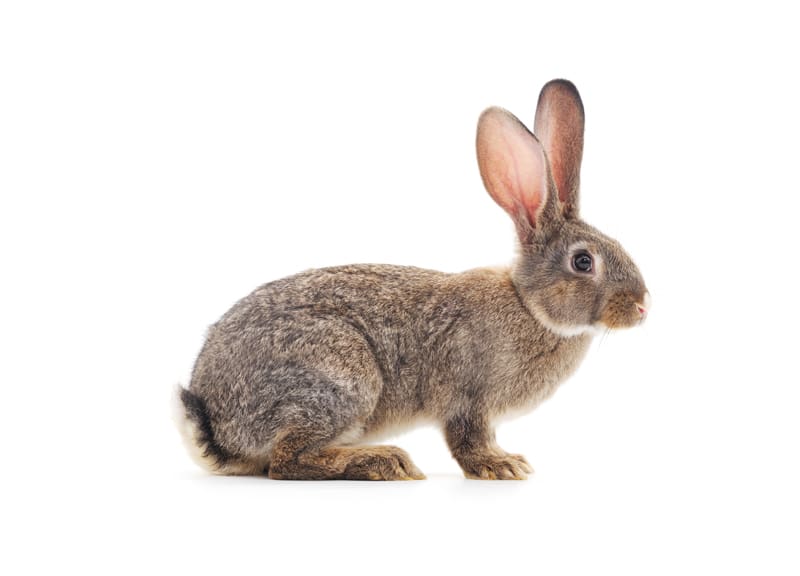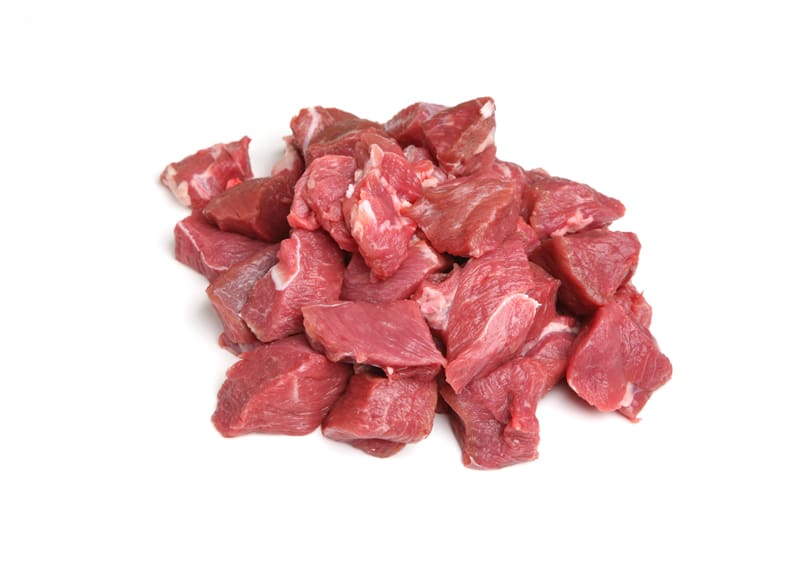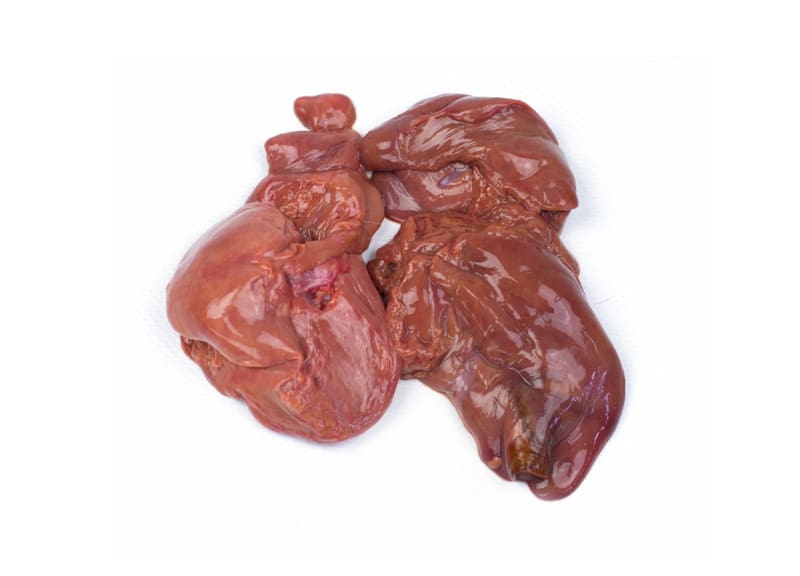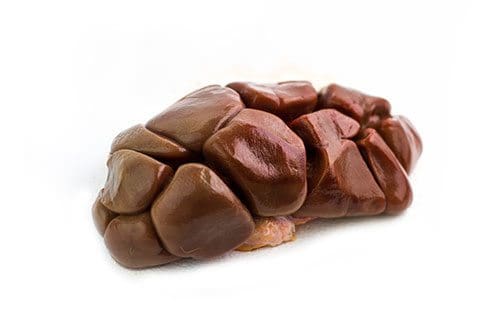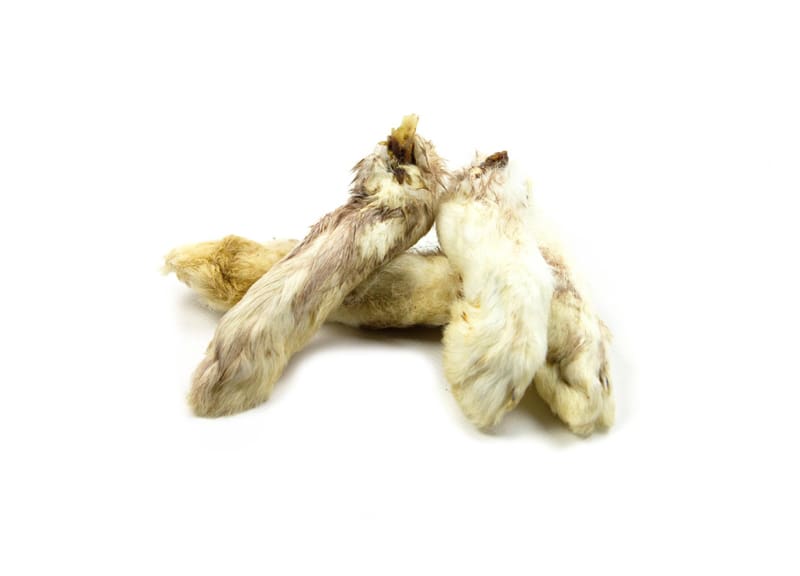A Prey Model Raw (PMR) diet eliminates processed foods and provides cats with a fresh food diet that mimics what their ancestors and wild cousins consumed. A complete PMR diet is based on whole, wild prey animals and does not include plant ingredients.
PMR is designed to provide domestic cats with a fresh diet which replicates that of a wild feline, without requiring the pet to hunt and kill wild prey. A complete PMR diet for cats will consist of 84% muscle meat, 6% raw edible bone, 5% liver, and 5% other organs in order to achieve optimal balance and eliminate all processed foods and grains.
It is ideal to feed whole cuts or whole prey to cats to provide teeth cleaning benefits, higher taurine levels, and endorphin release. Feeding ground raw food will not provide teeth cleaning benefits. Grinding also exposes the natural taurine in the meat to oxygen which destroys the amino acid. To compensate for this, certain steps may be necessary when feeding ground raw food.
Although it is encouraged to feed whole prey to cats as a part of a PMR diet, it is not recommended to feed live whole prey.
Whole Prey
Whole prey animals will include all internal organs, blood, and glands with the fur and feathers still attached.
Franken Prey
Use multiple animal proteins and parts to accomplish the PMR diet ratio guidelines.

Whole Prey Model Raw Feeding
Wild cats hunt and consume small prey animals. Common small prey that cats hunt for may include mice, rats, rabbits, small birds, and other small prey animals. These prey animals are considered a complete meal and provide the guideline for PMR ratios.
In PMR the concept is to feed the entire animal, head to tail, leaving no waste. Whole prey is the entire prey animal with fur or feathers, organs, glands, blood, and intestinal tract intact. Wild whole prey is an ideal source of food for PMR diets. However, domesticated prey animals can also be fed and are typically more readily available.
Chicks
Chicken hatchlings are one of the most common prey animals raised for falcon and reptile food. This makes chicks one of the easiest whole prey items to source. Various chick species can be sourced which include duck and goose chicks, however these are not as common as chicken hatchlings.
Quail
Whole prey quail come in a variety of sizes and are an excellent whole prey option for cats. Quail is easily sourced whole through falcon and reptile food distributors. They can also often be sourced through small local farmers.
Rabbit
Rabbit is one of the most common prey animals hunted as wild game and farm-raised for meat. Whole prey rabbit can be sourced from hunters and small farmers as well as falcon and reptile food distributors.
Whole Prey & Live Feeding
For viewer discretion purposes, photos of live prey animals were used in place of dead prey animals. Although the images above depict live animals, it is not to insinuate or recommend feeding live whole prey. Live feeding prey animals is dangerous and unethical.
Franken Prey Feeding
The recommended guidelines for a PMR diet is 79-84% muscle meat, 6% raw edible bone, 5% liver, 5% other secreting organs, and 0-5% animal based fiber. Franken Prey is another term used for a diet that follows PMR ratio guidelines but is not composed of whole, intact prey animals.
Instead, a variety of ingredients are used to complete the ratio guidelines. Meals may consist of multiple protein sources and different ingredients in a single feeding.
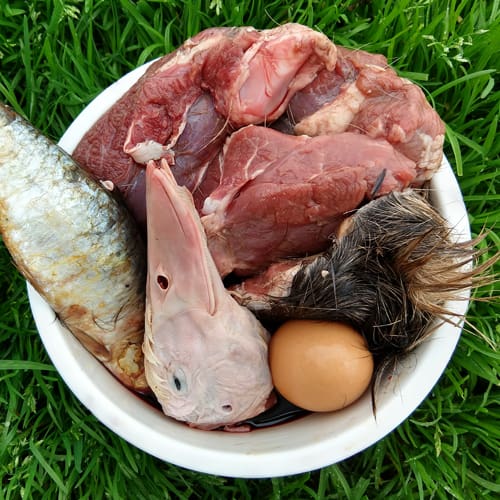
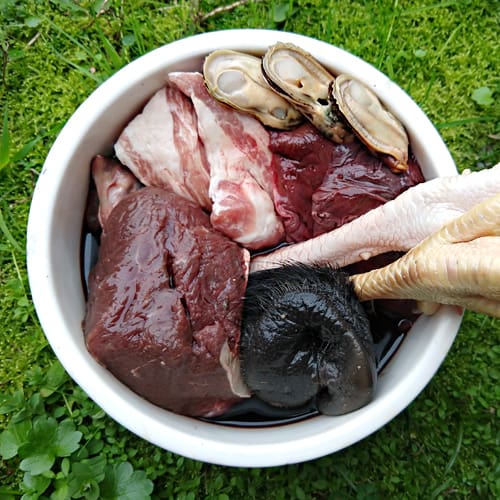
Muscle Meat
PMR diets consist of raw muscle meat to provide essential protein, amino acids, and water-soluble vitamins. The muscle meat ratio guideline starts at 79-84% of the overall daily intake.
It is important to note that the muscle meat ratio does not mean to feed muscle meat exclusively. This ratio is a large category containing multiple ingredients such as saturated fat for energy and muscular organs, such as heart.
Raw Edible Bone
Soft, raw edible bones are an important component in PMR diets to provide essential calcium, phosphorous, and other essential nutrients. The raw edible bone ratio guideline starts at 6% of the overall daily intake. This ratio indicates the actual bone required and does not include the meat on the bone.
The amount of raw meaty bones a cat may need to maintain firm and consistent stool can vary. The 6% ratio is a starting guideline. However, many cats do well on 6-10% raw edible bone content. Always adjust according to the cat’s individual needs.
Liver
Liver is an important ingredient in PMR diets as it provides essential fat-soluble vitamin A and water-soluble vitamins. Ruminant livers will also provide the essential mineral copper. The liver ratio guideline starts at 5% of the overall daily intake.
The 5% liver ratio is a starting guideline. This amount of liver provides more than the recommended allowance for vitamin A. For cats who are sensitive to organs, feeding as low as 2% liver will still provide enough essential vitamin A.
Other Organs
Other secreting organs such as kidney or spleen are beneficial ingredients in PMR diets to provide essential minerals and water-soluble vitamins. The secreting organ ratio guideline starts at 5% of the overall daily intake.
Other secreting organs are beneficial in completing essential nutrient requirements for cats. The 5% ratio guideline is a starting recommendation, and more or less, a secreting organ can be fed to complete nutritional requirements.
Animal Based Insoluble Fiber
PMR ratio guidelines fail to include fiber-based foods, which would be present in true whole prey feeding. Therefore, including an animal-based fiber source to Franken Prey feeding methods is recommended. Foods that include fur or feathers provide insoluble fiber to the diet to promote colon health.
Traditional PMR ratios do not provide an animal-based fiber ratio guideline. However, 2 to 5% by weight of “furry” or “feathered” ingredients is a good recommendation to include in daily meals. This will help provide 1-2% fiber in the diet. Be sure to account for any bone and meat that is also provided by the furry ingredients.
It is important to note that the 2-5% ratio refers to the furry ingredients as a whole, which will also include the skin and tissue in the weight. Do not feed the weight in fur or feathers alone. Appropriate sources of fur can include: rabbit feet, rabbit ears, rabbit heads, feathered poultry heads or legs, raw or safely dried animal skin with fur.
When furry or feathered ingredients are not accessible, it is recommended to include a fiber source such as psyllium husk in PMR diets at 1.25 tsp per pound of food.
Nutritional Deficiencies
When PMR ratio diets are fed without including specific whole foods, the diet will be deficient in several essential nutrients. The ratio guidelines for PMR are category terms and cover a variety of ingredients that provide different nutrients essential to health.
CLOSING COMMENTS
Prey Model Raw (PMR) diets typically do not include plant or dairy ingredients. These diets can be deficient in essential nutrients if specific ingredients are not fed. Whole prey is an excellent food source for cats and incorporating it is highly encouraged. Additionally, feeding Franken Prey style meals is also an acceptable method to follow PMR guidelines.

